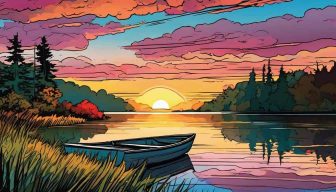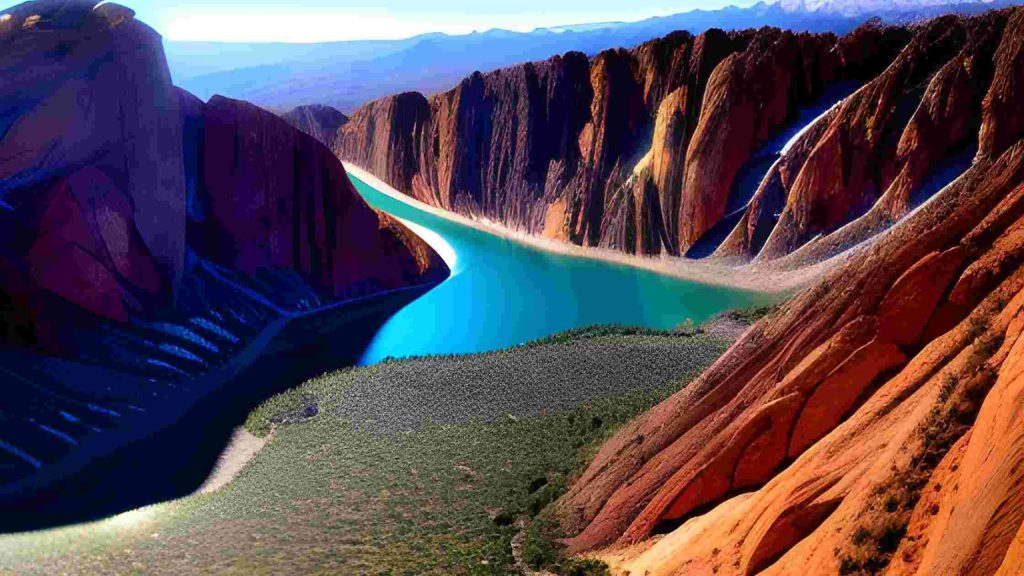
Are you looking for the best wilderness camping in California? You’re in luck; the Golden State is envied around the world for its warm climate, unspoiled landscapes, and diverse ecosystems that make it an ideal destination to go camping.
This guide will provide travelers with a roadmap through their search for some of California’s most beautiful and secluded outdoor havens. This curated list includes an in-depth selection of the state’s dispersed campgrounds, wilderness area and remote destinations like Yosemite National Park and Joshua Tree National Park this blog will be your key to uncovering every region’s top must-see wilderness destinations.
What is Wilderness Camping?
Wilderness camping means that you setup camp in natural, undeveloped areas that typically have very few amenities. It’s similar to “dispersed” camping. Here are some key points to remember about wilderness camping:
- Wilderness camping, also known as backcountry camping, typically happens in national parks or areas managed by the US Bureau of Land Management, away from developed campgrounds and amenities.
- Wilderness camping is often done within prepared areas, where campsites are pitched on rock, gravel, or bare soil, apart from bushes or vegetation. This is done to avoid disturbing the surrounding nature.
- People enjoy wilderness camping because it’s usually in areas that are more remote and secluded, which provides more privacy and direct connection to nature.
- Wilderness camping usually offers the same fun activities as regular camping, including boating, hiking, kayaking, rock climbing, skiing, snow activities, etc.
- Campers need to be more prepared and self-sufficient when wilderness camping, but the campsites usually don’t provide essentials like drinking water, restrooms, showers or fire rings.
- In wilderness camping, “Leave No Trace” concepts are vitally important, because campers are entering areas that may be relatively untouched by civilization.
The Best Wilderness Camping In California
With its expansive stretches of wilderness and meticulously preserved national parks, California camping offers an abundance of wilderness spots just waiting to be explored.
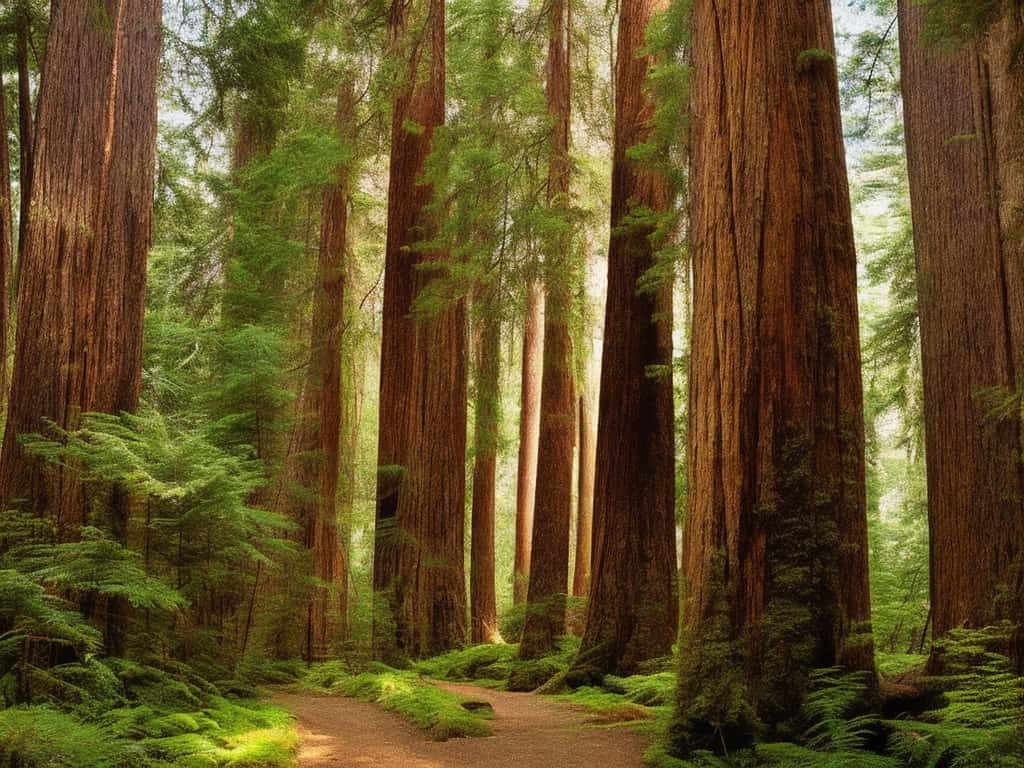
Redwood National and State Parks
Located along the stunning northern California coast, Redwood National and State Parks wilderness camp sites are nestled amidst some of the world’s tallest trees.
- Address: 1111 Second Street, Crescent City, CA 95531
- Phone: (707) 464-6101
- Activities: Hiking, rock climbing, bird and wildlife watching
- Amenities: Designated fire rings, toilets, showers, tables and potable water
- Type of camping: Tent, RV, and backcountry camping
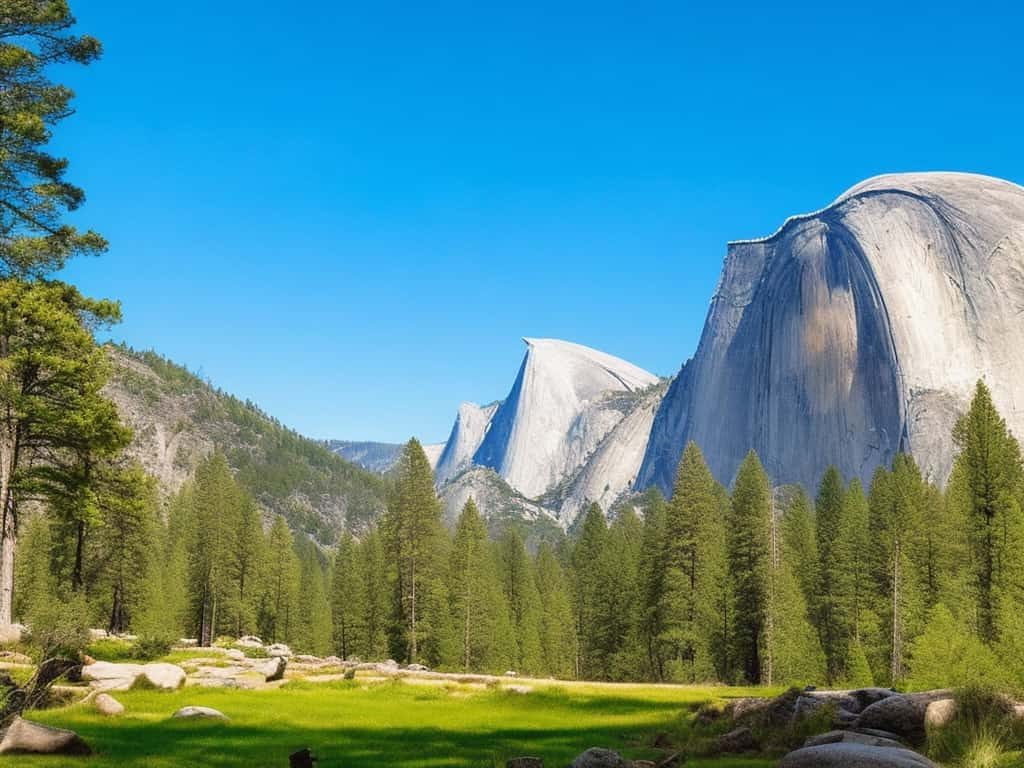
Yosemite National Park
Yosemite National Park is a crown jewel of California’s wilderness camping areas. Not-too-be-missed landmarks include Half Dome, El Capitan, and Yosemite Falls. Campers will also enjoy more creature comforts in this campsite, like restrooms and water.
- Address: Yosemite National Park, CA 95389
- Phone: (209) 372-0200
- Activities: Hiking, mountain climbing, waterfalls, ranger-led forest education programs
- Amenities: Showers, toilets, picnic tables, fire pits and potable water
- Type of camping: Backcountry, Tent, and RV
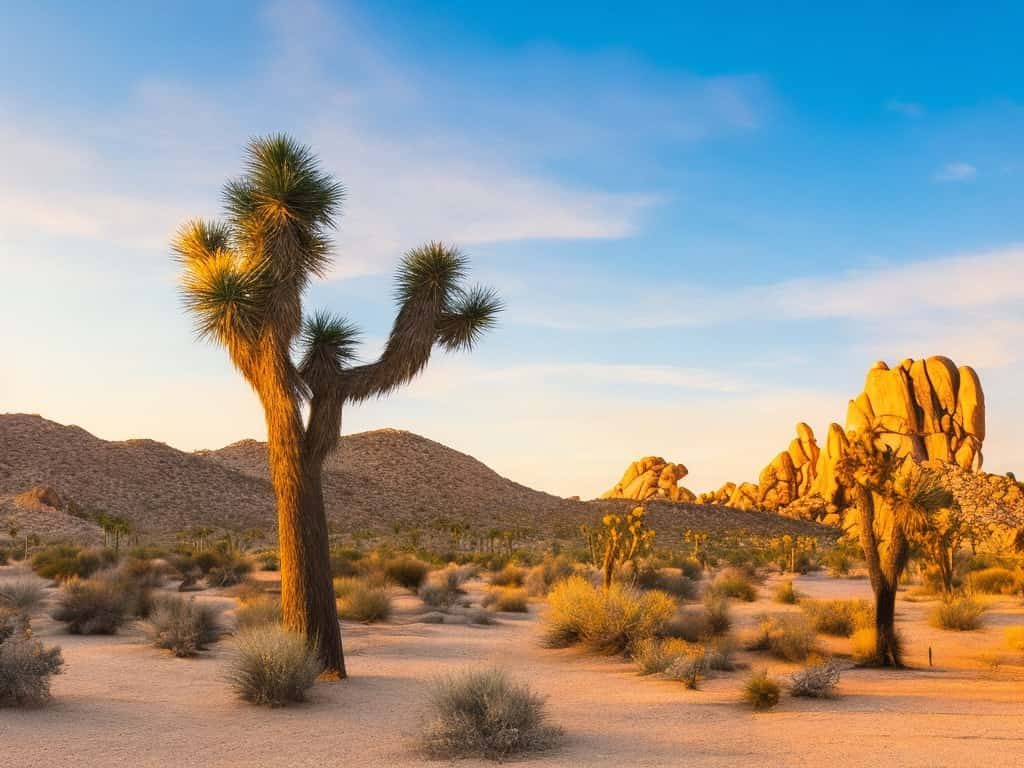
Joshua Tree National Park
Located in southeastern California where the Mojave and Colorado deserts intersect, Joshua Tree National Park is famous for its surreal geology shaped by millions of years of erosion, and night sky views unfettered by light pollution. Over 85% of the park is designated as wilderness area and it’s home to vast amounts of protected public land, including desert vegetation, granite formations, cacti forests and wildlife.
- Address: Joshua Tree National Park, CA 92277
- Phone: (760) 367-5500
- Activities: Rock climbing, stargazing, desert wildlife
- Amenities: Tables, fire pits, restrooms, and potable water
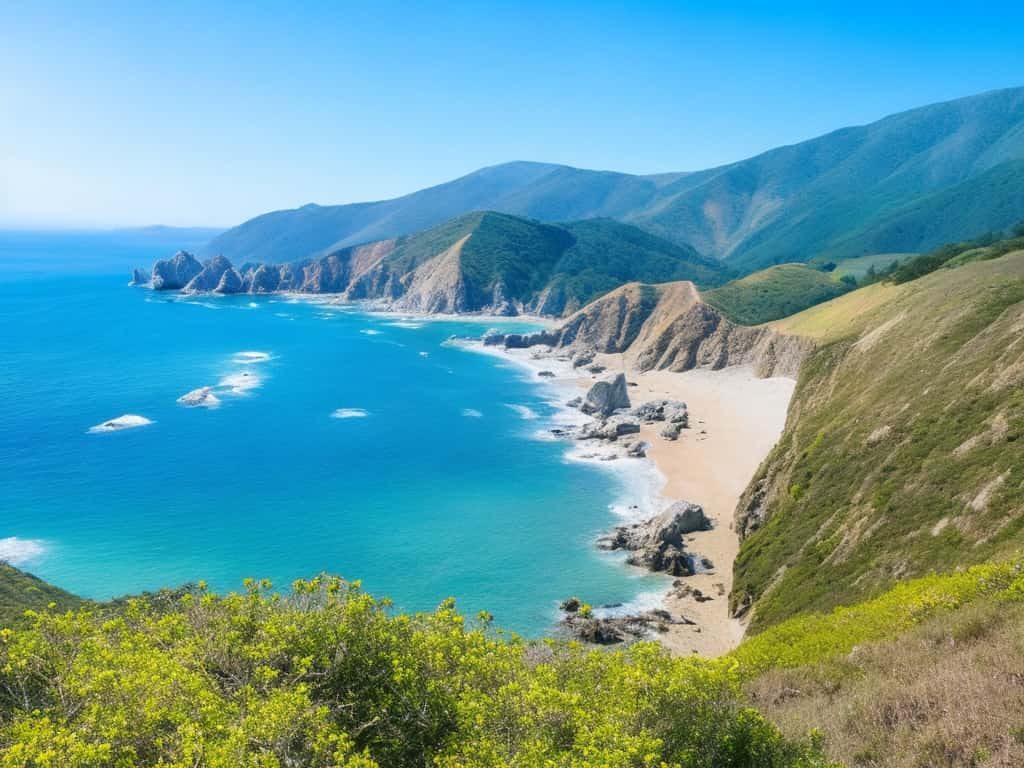
Big Sur
Big Sur is a coastal paradise that stretches along California’s central coast. There are wilderness campsites near the cliffs and within the forests, where visitors can explore hiking trails that wind through redwood groves and cascading waterfalls. This camp provides basic essentials, like toilets and water.
- Address: Big Sur, CA 93920
- Phone: (831) 667-2315
- Activities: Beach access, hiking
- Amenities: Designated fire areas, restrooms, showers, tables, and water
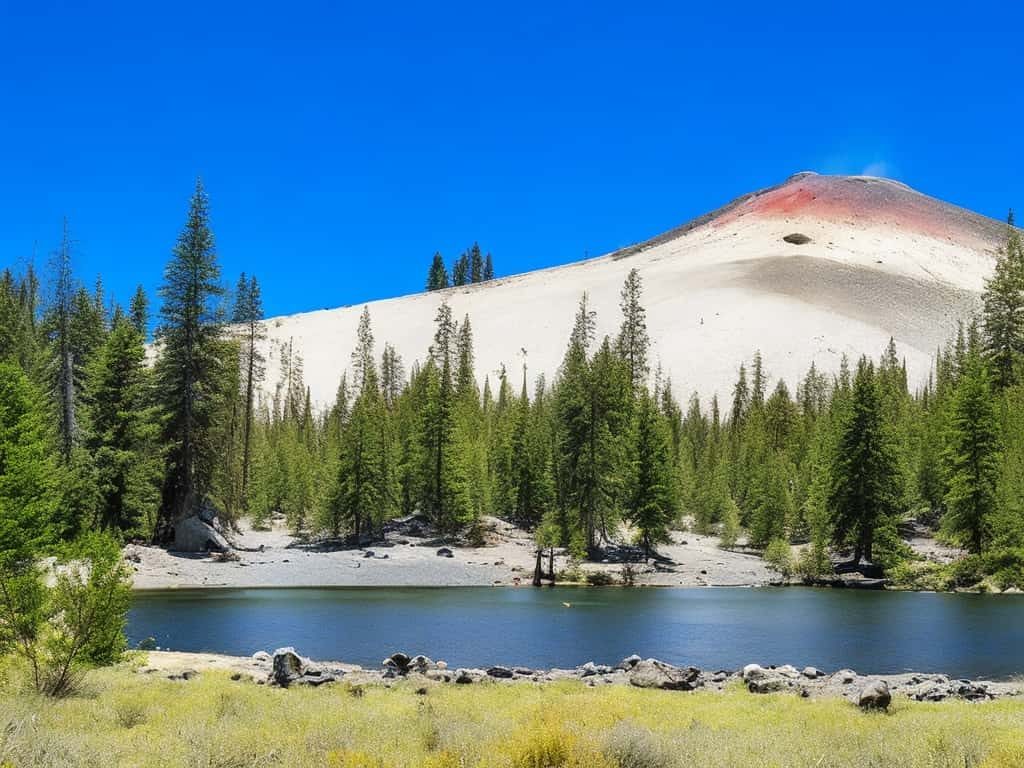
Lassen Volcanic National Park
Lassen National Forest is home to seven campgrounds spread across 450,000+ acres of wilderness that includes active volcanoes with bubbling mud pots and lava flows, and pristine forest land dotted with creeks, lakes and hiking trails.
- Address: Lassen Volcanic National Park, CA 96063
- Phone: (530) 595-4480
- Activities: Active volcanoes, hydrothermal areas, creeks, lakes
- Amenities:
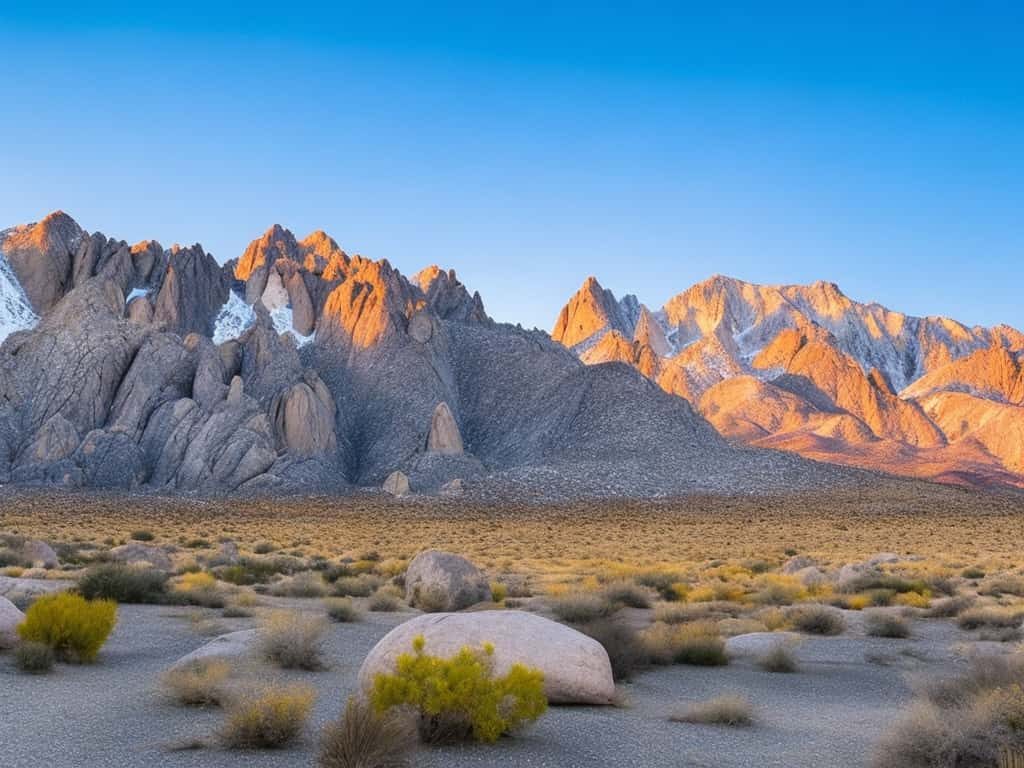
Alabama Hills National Park
The Alabama Hills has something for everyone, located in a unique western landscape with topography that ranges from snow-capped mountains, to arid desert plains. The area is made up of round rock formations, similar to Joshua Tree, and eroded hills set between the jagged peaks of the Sierra Nevada and the Inyo Mountains in California’s Eastern Sierras.
The Alabama Hills also provide a gateway to Lone Pine, which has historic attractions like the Mt Whitney Motel & Cabins and Tuttle Creek Campground. The area has been used in the past for movie filming in TV series including Star Trek and Dr Quinn Medicine Woman, and the feature film Tremors, among others.
- Address: US-395 and CA-136, Lone Pine, CA 93545
- Phone: n/a
- Activities: Rock climbing, hiking, stargazing
- Amenities: Designated fire pits, restrooms, showers, picnic tables, and water
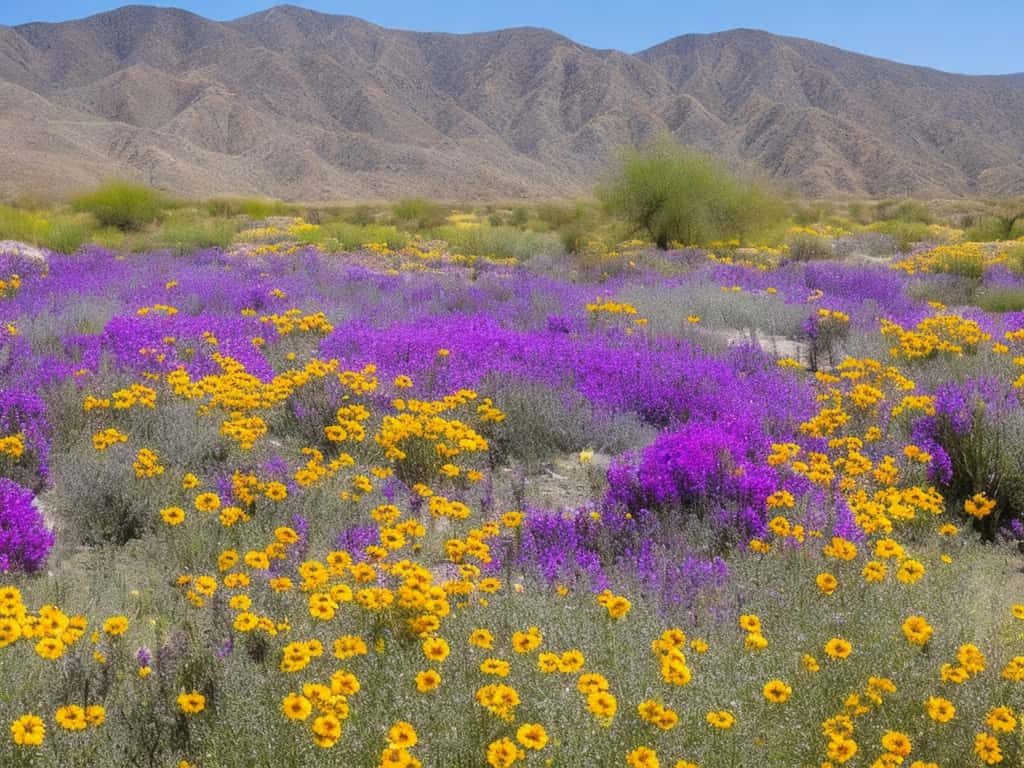
Anza Borrego Desert State Park
The Anza Borrego Desert State Park is a desert oasis covered by palm groves and spread across 500 miles of land, making it one of the largest state parks in California. Popular areas to camp in the park include Borrego Palm Canyon and Tamarisk Grove Campground. This campground is a bit more “luxurious” than other wilderness sites, and provides basic essentials like bathrooms and water. The best time to come is in spring, fall and winter – temperatures can easily reach 125 degrees Fahrenheit in the summer, so know your limits.
- Address: 200 Palm Canyon Dr, Borrego Springs, California 92004
- Phone: (760) 767-5311
- Activities: Biking, hiking, wildlife watching, off-roading
- Amenities: Restrooms / showers, drinking water
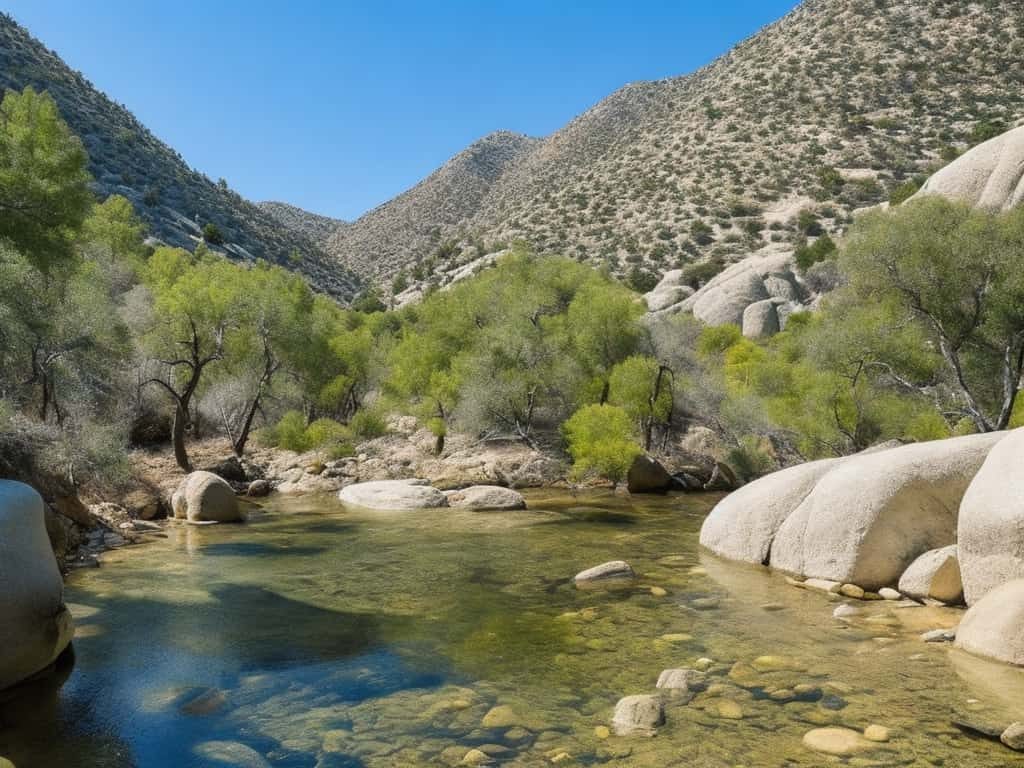
Ant Canyon
Situated along the Upper Kern River, Ant Canyon is a secluded spot that regularly attracts visitors because of its tranquility and selection of exciting outdoor activities that include river tubing and rock climbing, to name a few. The area is also great for car camping because you can drive directly in to your chosen spot.
- Address: Southern Sierra Nevada, Upper Kern River
- Phone: n/a
- Activities: Boating, river tubing, swimming, fishing, hiking, rock climbing
- Amenities: Toilets, campfires permitted
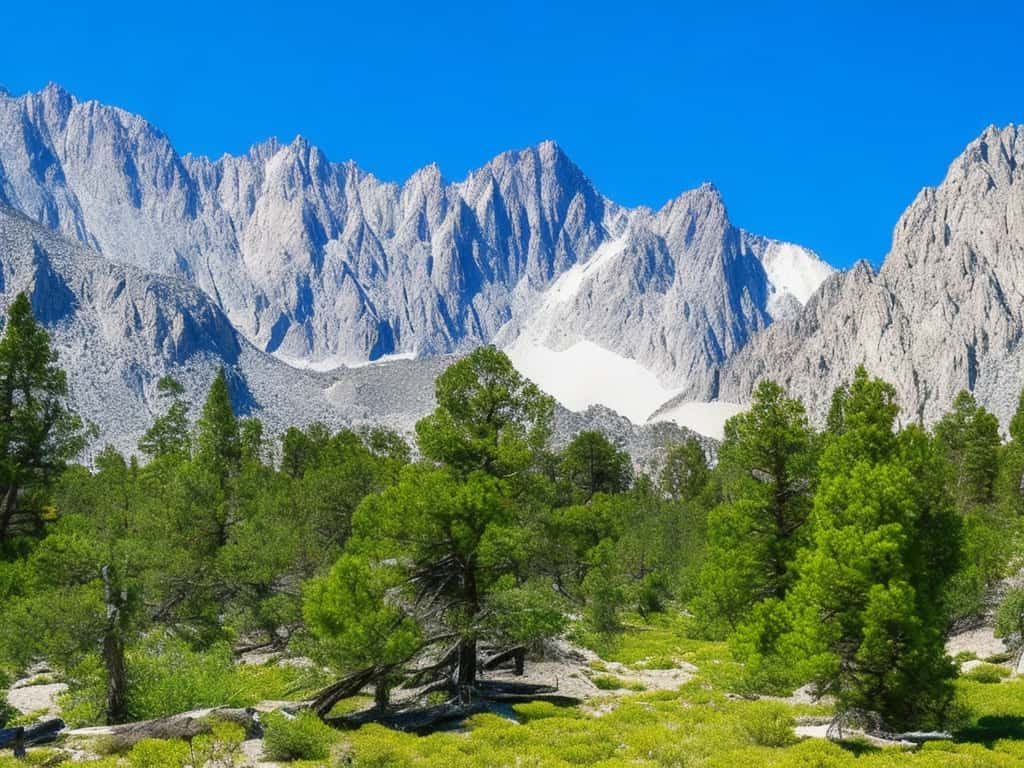
Inyo National Forest
Covering almost 2 million acres, Inyo National Forest is home to the famous Mount Whitney – the highest peak in the United States. Other landmarks include the Ancient Bristlecone Pine Forest and more than 300 lakes like the saline Mono Lake and the Mammoth Lakes Basin.
- Address: 351 Pacu Lane, Suite 200, Bishop, CA 93514
- Phone: (760) 873-2400
- Activities: Biking, hiking, fishing, boating, horseback riding, rock climbing, skiing / snow boarding in the winter
- Amenities: Varies depending on the campground, some sites may offer designated campfire areas, restrooms, and water
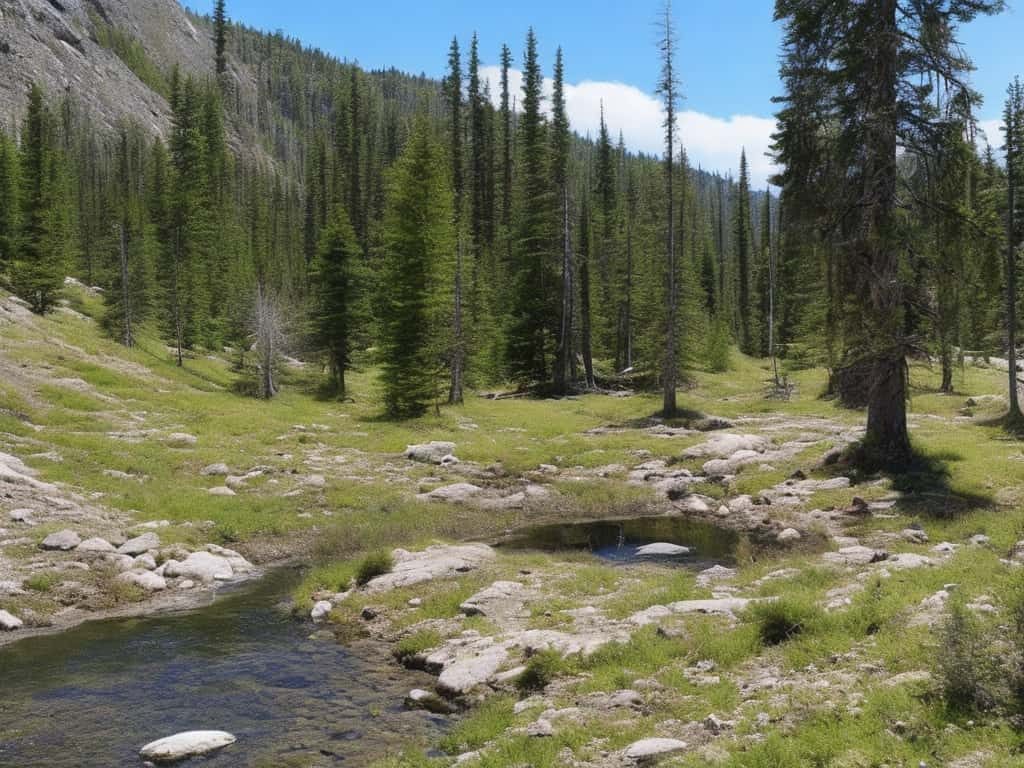
Mendocino National Forest
Located in Northern California, Mendocino National Forest is a 1 million-acre national forest that’s home to four designated wilderness areas, including Snow Mountain Wilderness and Yolla Bolly-Middle Eel Wilderness. Mendocino isn’t totally dispersed, and campers will find developed areas with some amenities throughout the park. People using the dispersed areas will need to have a permit in advance.
- Address: 825 N. Humboldt Ave., Willows, CA 95988
- Phone: (530) 934-3316
- Activities: boating, fishing, hiking, horseback riding, kayaking, OHV riding, skiing and snowboarding in winter
- Amenities: Picnic tables, fire rings, restrooms, potable water
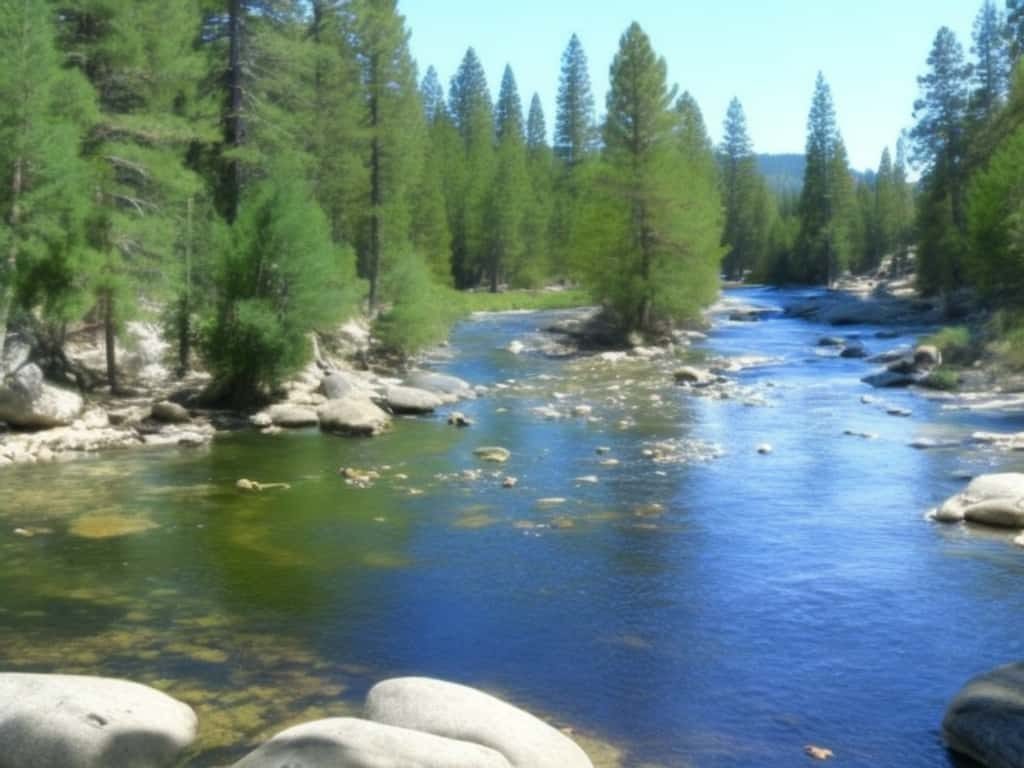
Stanislaus National Forest
Stanislaus National Forest is one of the oldest national forests in California, established in 1891. Spanning 900,000 acres along Yosemite National Park’s western edge, Stanislaus forest has around 40 campgrounds. Lumsden Campground is a popular wilderness area, situated along the Tuolumne River. If you prefer a more remote area, check out Sequoia Creek Dispersed Campground or Moccasin Point Campground near Cherry Lake.
- Address: 19777 Greenley Road, Sonora, CA 95370
- Phone: (209) 532-3671
- Activities: Hiking, fishing, mountain biking, swimming in rivers and waterfalls, winter sports
- Amenities: Varies, some sites may offer designated campfire areas, restrooms, and water
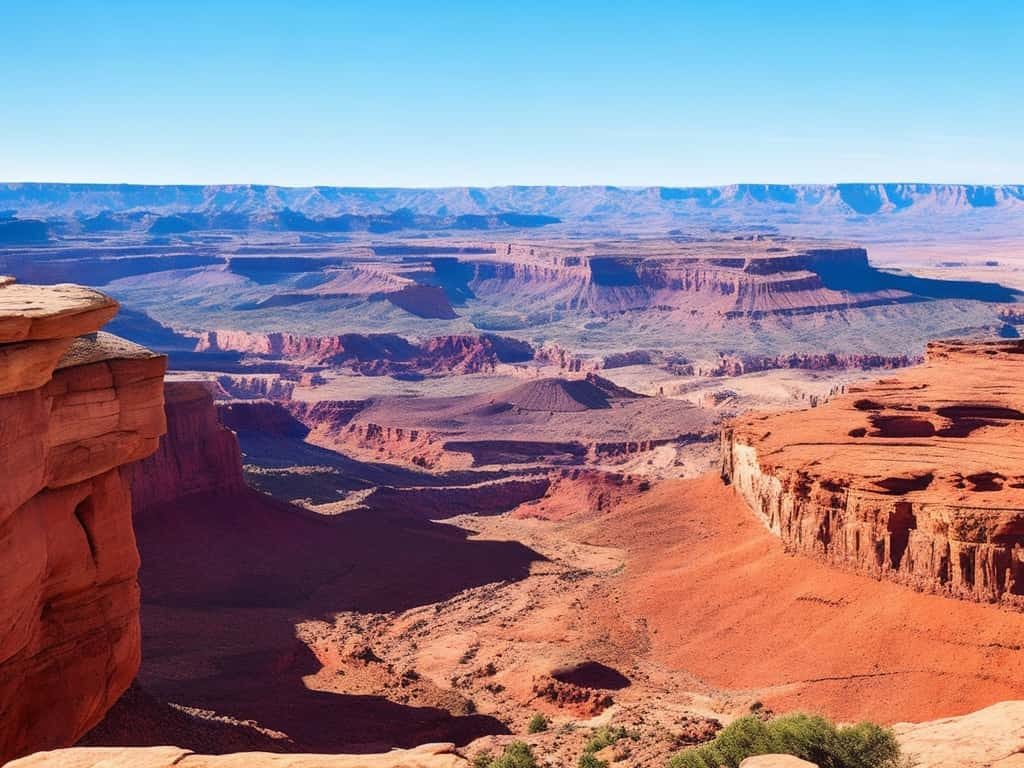
Needles Point
Needles Point Dispersed Campground is located within the Canyonlands National Park, not far from the heart of the Mojave Desert. This primitive camping spot is surrounded by desert landscapes and unique rock formations.
- Address: Forest Route 21S05, Ponderosa, CA 93265
- Phone: (559) 920-0460
- Activities: Hiking, rock climbing
- Amenities: none, all supplies must be packed in
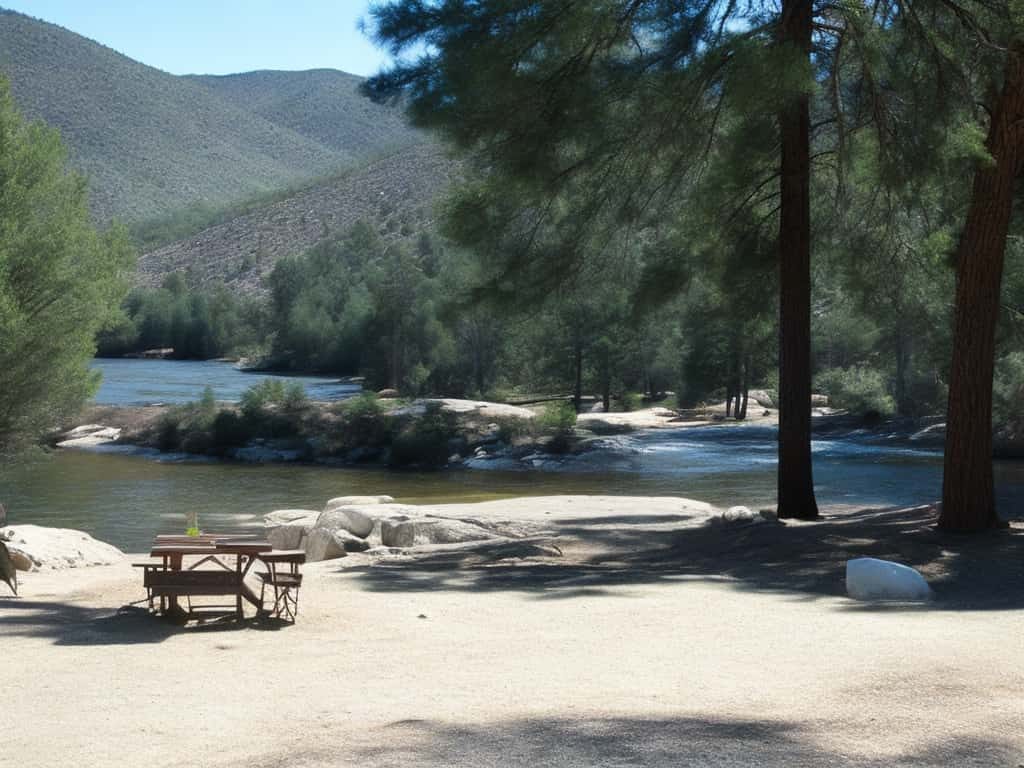
Brush Creek
The Brush Creek campground is located at the point where the creek meets the Upper Kern River, located in Sequoia National Forest. This tucked away site is an oasis of creature comforts that include towering redwood trees that provide shade all year long, and local hot springs heated by volcanic activity that dates back millions of years.
- Address: Brush Creek Rd, Kernville, CA 93238
- Phone: n/a
- Activities: Fishing, white water rafting, hot springs, hiking
- Amenities: Picnic tables, fire pits, restrooms, potable water
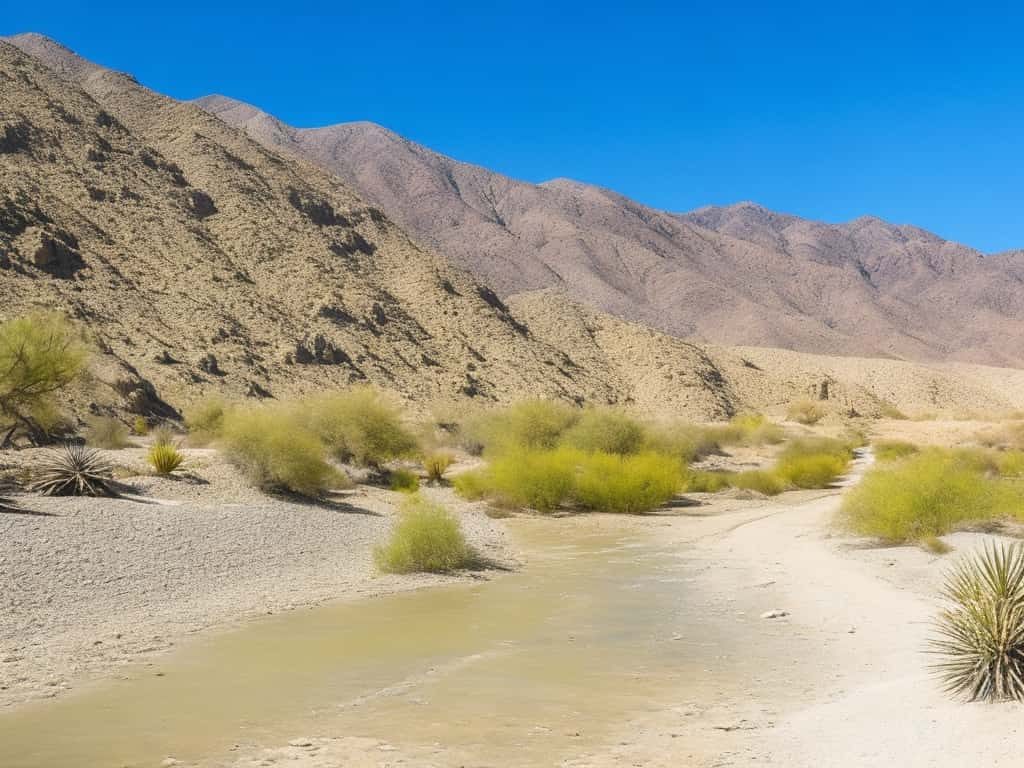
Yaqui Wash Primitive Campground
Yaqui Wash is a rustic campground nestled within the Anza-Borrego Desert State Park offering a primitive camping experience with basic amenities like pit toilets.
- Address: Yaqui Wells Rd, Borrego Springs, CA 92004
- Phone: (760) 767-5311
- Activities: Astronomy, star gazing, hiking, wildlife watching
- Amenities: Pit toilets (no water)
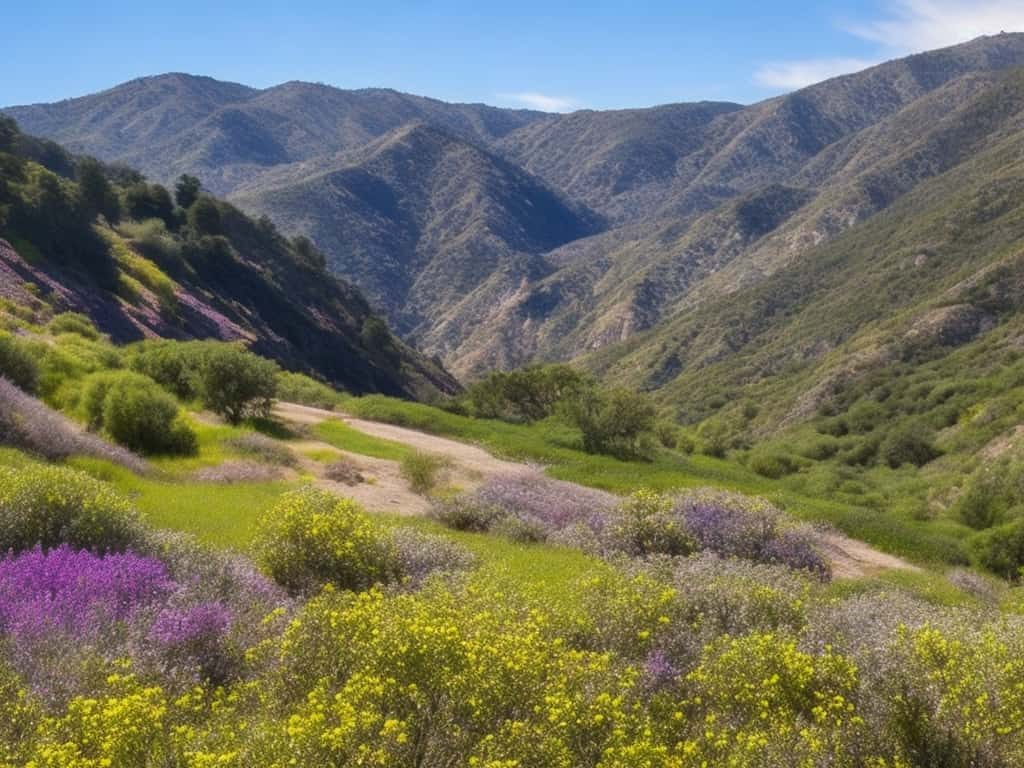
Prewitt Ridge Campground
Prewitt Ridge camping area is located in the Los Padres National Forest, overlooking the coastline of Big Sur, California. This area provides panoramic ocean views and is known for incredible sunsets.
- Address: Prewitt Ridge Rd, Big Sur, CA 93920
- Website: n/a
- Phone: n/a
- Activities: Hiking, wildlife watching, beach access
- Amenities: No restrooms, no water
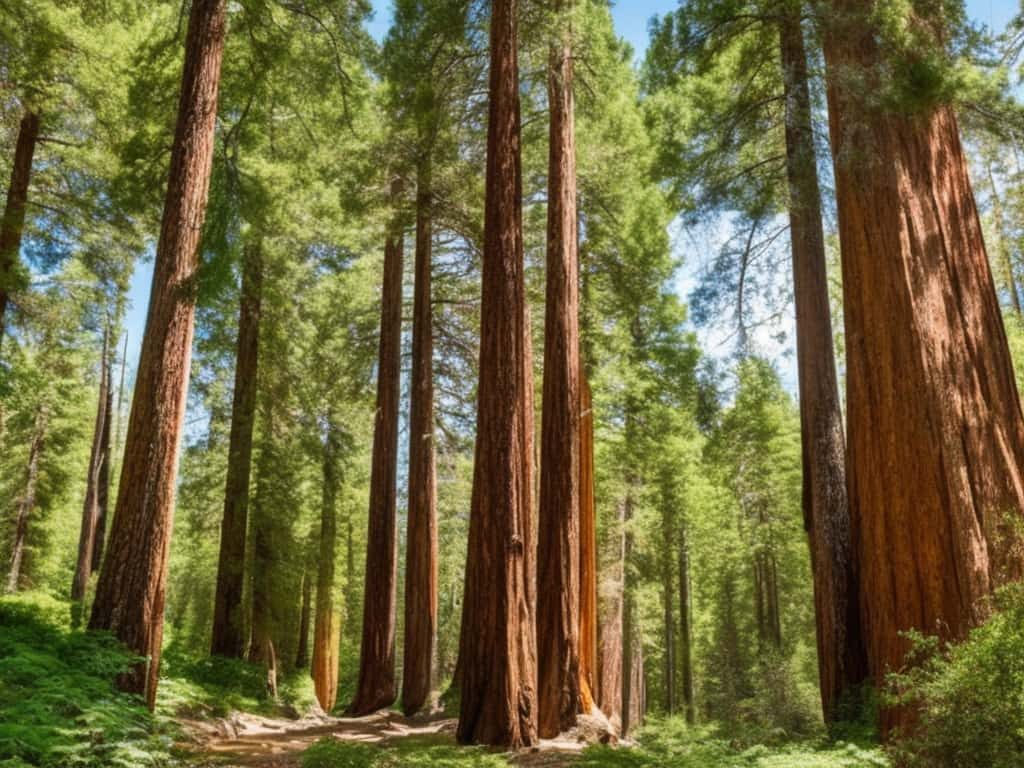
Chico Flat Campground
Chico Flat Campground is located in the Sequoia National Forest, about a 5.9 mile drive from the town of Kernville. The campground has 10 to 12 dispersed (free) campsites along the tree-lined shores of the Kern River. In order to maintain its natural beauty, camping is not allowed within 350 feet of the river, so make sure to keep the appropriate distance when you pitch your campsite.
- Address: Chico Flat Rd, Foresthill, CA 95631
- Phone: (559) 784-1500
- Activities: Hiking, whitewater rafting, swimming, fishing, horse riding
- Amenities: Fire pits, tables, potable water, restrooms
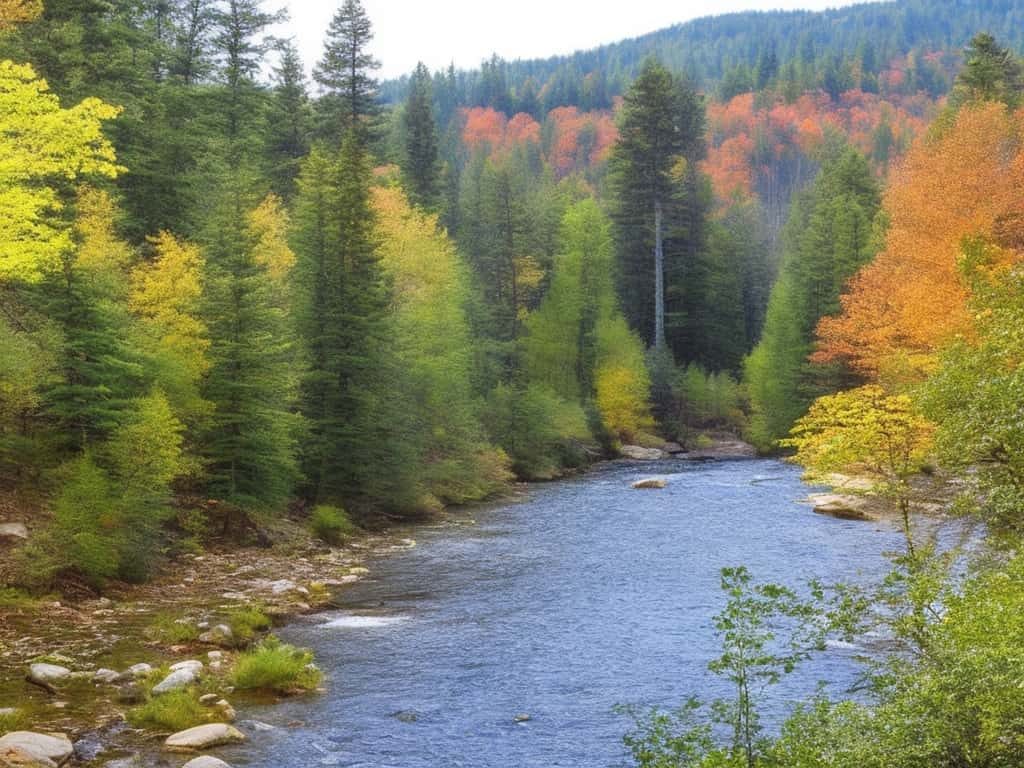
Six Rivers National Forest
Spanning over 974,612 acres of dry, mountainous land, the Six Rivers National Forest offers both camping and 366 miles of scenic rivers! The are stretches 140 miles along a river at the Oregon-California border. The environment is diverse and visitors have their pick between low-to-high elevation spots, sites along the river bank, or forested settings. While there are developed campgrounds and cabins in the area, the wilderness area does not provide water or restrooms, so come prepared.
- Address: 10600 Highway 199, Gasquet, CA 95543
- Phone: (707) 457-3131
- Activities: Biking, boating, fishing, hiking, kayaking, swimming.
- Amenities: Tables (no water, no restrooms)
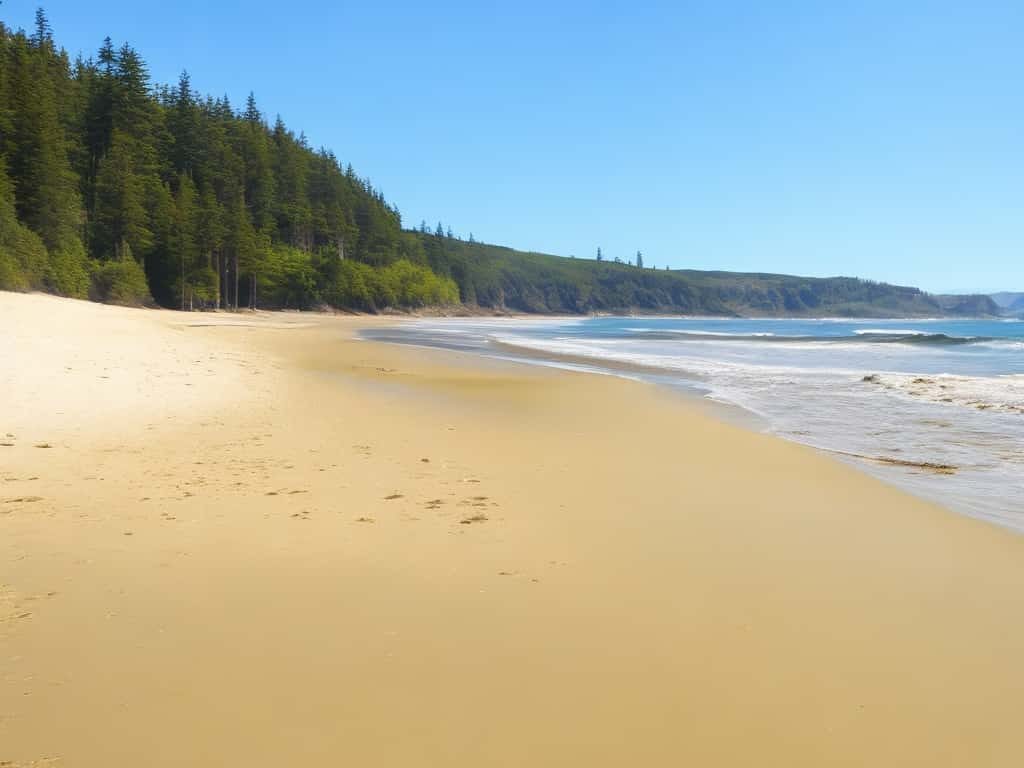
Usal Beach (Sinkyone Wilderness State Park)
Located in the southern end of the Lost Coast, Usal Beach campsite is a remote location with beachside campsites, Usal Beach combines primitive camping with stunning views of nearby beaches and lagoons. Many consider it one of the best undiscovered beachside destinations on the coast. What’s more, there are no official reservation sites – spots are allocated on a first-come, first-serve basis.
- Address: Usal Beach, Sinkyone Wilderness State Park, Whitethorn, CA 95589
- Phone: (707) 986-7711
- Activities: Hiking, fishing, ocean access, swimming
- Amenities: fire pits, restrooms, and potable water
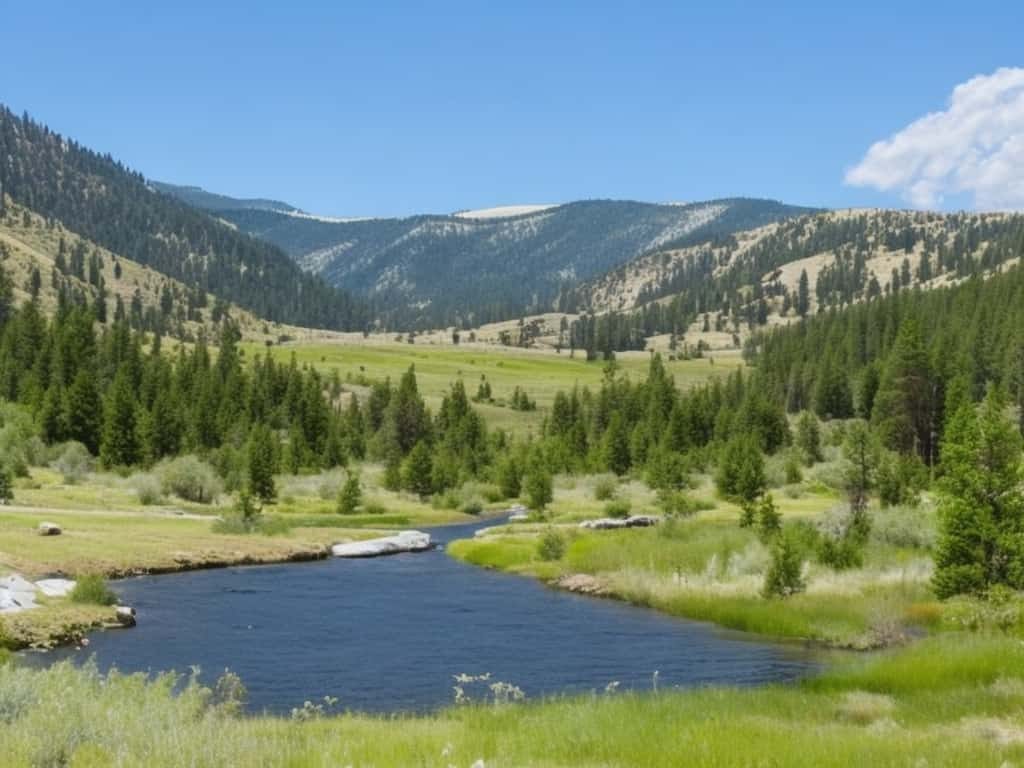
Hope Valley (Humboldt-Toiyabe National Forest)
Hidden among the Jeffrey and Lodgepole pines of California’s Humboldt-Toiyabe National Forest, Hope Valley is situated at an elevation of 7300 feet, in a picturesque campground with about 22 campsites. The area is also close to Carson River for people interested in wild trout and salmon fishing. Hope Valley also has an abundance of wildflowers during springtime and colorful bird species throughout the year.
- Address: Blue Lakes Road, Markleeville, CA 96120
- Phone: (530) 694-1002
- Activities: Hiking, fishing, biking, wildlife watching
- Amenities:
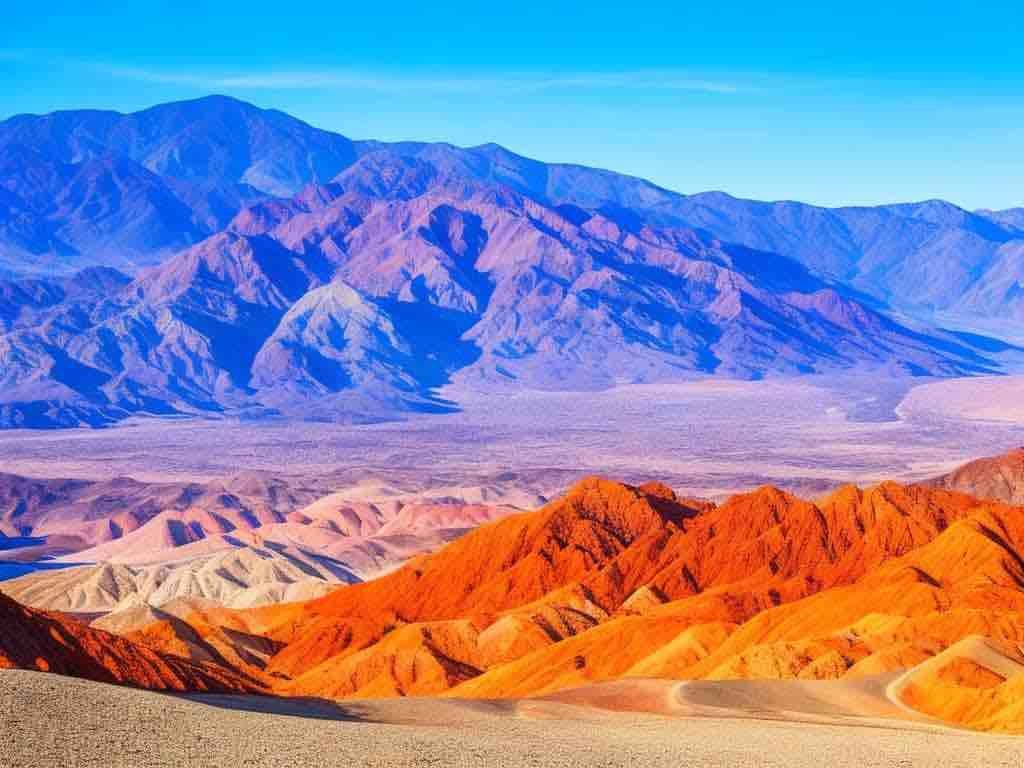
Furnace Creek Road (BLM Land)
Furnace Creek Road lies near Hwy 178 in a secluded canyon, offering lots of privacy to campers. The area is also associated with Death Valley National Park, known for its beautiful yet rocky landscapes and native wildlife like bighorn sheep, golden eagles and coyotes.
- Address: Furnace Creek Rd, Death Valley, CA 92328
- Phone: (760) 786-3200
- Activities: hiking, wildlife viewing, stargazing
- Amenities: none, pack in and pack out
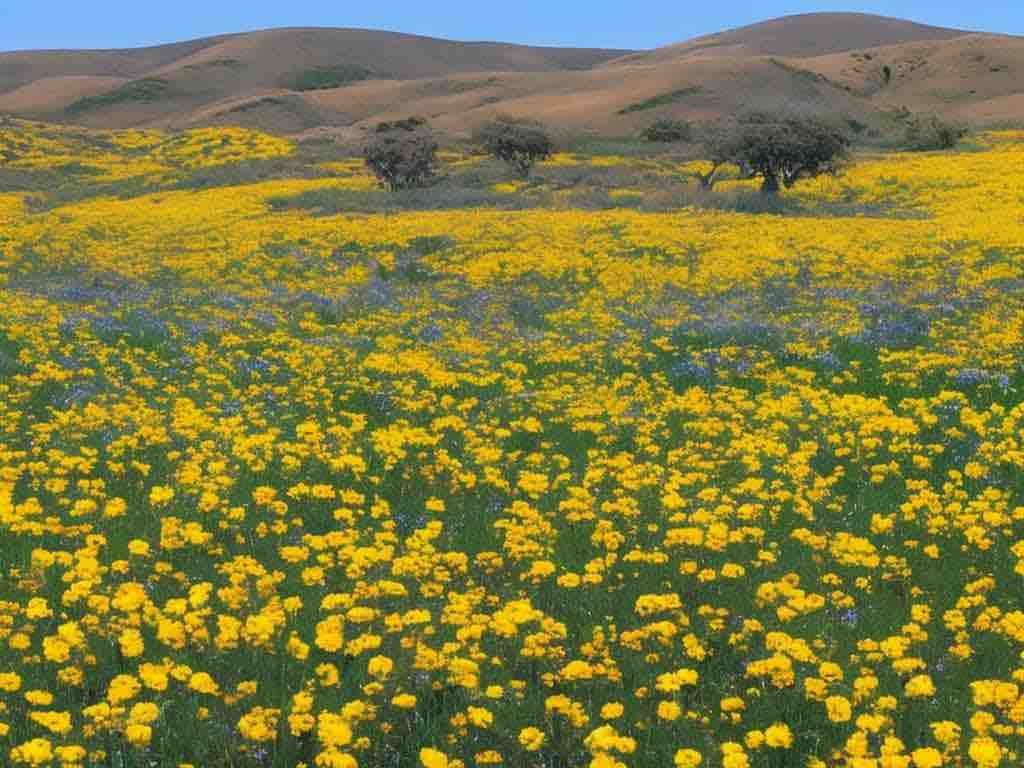
Carrizo Plain (BLM Land)
Located in California’s Central Valley west of Bakersfield, Carrizo Plain National Monument covers an area of 204,107 acres and is home to the Painted Rock and KCL campgrounds – plus a variety of spur roads that wind through beautiful hillsides dotted with wildflowers, knobby oaks, grasslands, Joshua trees and cactus gardens.
- Address: Soda Lake Rd, Santa Margarita, CA 93453
- Phone: (805) 475-2131
- Activities: hiking, wildlife viewing, stargazing
- Amenities: none, pack in and pack out
California Wilderness Camping Trip Planning
Camping in the wilderness is an incredible way to escape the daily grind and immerse yourself in the beauty of nature. To ensure a memorable and enjoyable experience, it’s essential to plan and prepare adequately. In this article, we will provide you with valuable tips and insights to make your wilderness camping adventure truly unforgettable.
1. Plan Ahead for a Successful Trip
Research the area you want to visit, including the terrain, weather, regulations and required permits. Also, make a checklist of the camping gear you’ll need, including tents, sleeping bags, cooking equipment, food, water, and UV resistant clothing
2. Choose the Perfect Campsite
Choose your camping spot based on proximity to water, ground elevation and the chance of flooding, flatness of the ground, presence of bugs and mosquitos, and shade.
3. Pack Light and Efficiently
Only bring what you need, keep your backpack light and maximize space. Opt for gear that serves multiple purposes and pack clothing for different types of weather, including sturdy footwear and rain gear. Remember to carry a first aid kit, insect repellent, sunscreen, and navigation tools for safety and convenience.
4. Embrace Leave No Trace Principles
Responsible camping means leaving no trace behind. Embrace Leave No Trace, which include packing out all trash, leaving plants, flowers and rocks intact, respecting wildlife and their habitats, and staying on hiking trails.
- Carry sturdy garbage bags and separate recyclables from regular waste.
- Dispose of human waste properly by burying it in cat holes at least 200 feet away from water sources and campsites.
- Avoid using soap or detergents in natural water bodies to protect aquatic life.
- For information on proper camping waste disposal, you can visit the Leave No Trace Center for Outdoor Ethics website at https://lnt.org/learn/principle-3. They provide detailed guidelines on how to dispose of human waste, pack out trash, and minimize impact on the environment.
- Additionally, the California Department of Parks and Recreation website at https://www.parks.ca.gov/?page_id=21378 offers specific information on waste disposal regulations for each park and wilderness area in California.
5. Acquire Wilderness Survival Skills
Learn camping skills like setting up a tent, starting a campfire safely, purifying water from natural sources, and navigating with a compass or GPS device. Familiarize yourself with the local flora and fauna, especially identifying any potential hazards or poisonous plants.
6. Wildlife Safety and Awareness
Research the wildlife species in the area you’re visiting, understand their behaviors, and maintain a safe distance. Store food securely in bear-resistant containers or by hanging it from a tree branch, and dispose of food waste properly to avoid attracting animals.
7. Respect Quiet Hours and Fellow Campers
In a wilderness setting, it’s important to respect the peace and solitude of fellow campers. Observe quiet hours and keep noise levels to a minimum.
8. Stay Hydrated and Nourished
Make sure you stay hydrated by carrying an enough water, especially when visiting sites that don’t provide drinking water. Pack nutritious and easily prepared meals, energy bars, and fruits.
9. Be Prepared for Any Weather
Weather conditions in the wilderness can be unpredictable, so it’s crucial to be prepared for any changes. Check the weather forecast before your trip and pack appropriate clothing. Include rain gear and extra insulation for colder nights, bring weather resistant tents and secure them properly to withstand wind and rain.
10. Stay Safe
Familiarize yourself with the area’s hazards, including steep cliffs, swift rivers, or poisonous plants, and take necessary precautions. Carry a first aid kit and know how to use it. Inform someone about your camping plans and expected return date. Follow any safety guidelines or recommendations provided by park rangers or local authorities. Trust your instincts and make decisions that prioritize your well-being and that of your fellow campers.
Dispersed Camping in California: Permits, Rules and Regulations
Where in California is Dispersed Camping Allowed?
Dispersed camping in California is permitted on lands managed by both the Bureau of Land Management (BLM) and United States Forest Service (USFS). It’s important to note that camping on BLM land, which includes much of the state, is legal and free – but should only take place outside of developed recreation areas such as campgrounds, picnic spots or trailheads.
California Dispersed Camping Regulations & Rules
Dispersed camping is allowed on public land managed by the Bureau of Land Management (BLM) and United States Forest Service (USFS), as long campers abide by applicable regulations and restrictions.
- For information on camping permits and regulations in California, you can visit California Department of Parks and Recreation.
- Most dispersed campgrounds are low cost or completely free.
- Generally, dispersed camping in California has a maximum stay duration of 14 days within a 28 consecutive day period.
- Moreover, campers have to move at least 5 road miles to another dispersed area after 16 days.
California Campfire Permits
California Campfire Permits are an essential part of dispersed camping, as they allow for the safe and legal use of open fire. These permits are necessary for campfires, barbecues, and portable stoves on both federally controlled lands and private lands throughout California.
- For information about California wildfire safety, you can visit the California Department of Forestry and Fire Protection (CAL FIRE).
- The 2023 CalFire regulations must be read carefully when obtaining a permit; there are specific guidelines relating to backpacking, hiking, camping and boondocking that all anybody using these sites must follow.
BLM Camping in California
BLM stands for the Bureau of Land Management, which is a section of the United States Government and responsible for administering America’s public lands. This type of camping is allowed in designated areas on BLM land and involves setting up camp away from established facilities such as water sources and restrooms. A permit must be obtained prior to enjoying your stay but most sites do not have any fees associated with them.
USFS Camping in California
The United States Forest Service (USFS) offers camping opportunities in their national forests across California. These primitive sites are free but do require a valid recreational use permit for any group campsites larger than 75 people and no more than 14 consecutive days per location within a 28-day period.
Related Posts:






